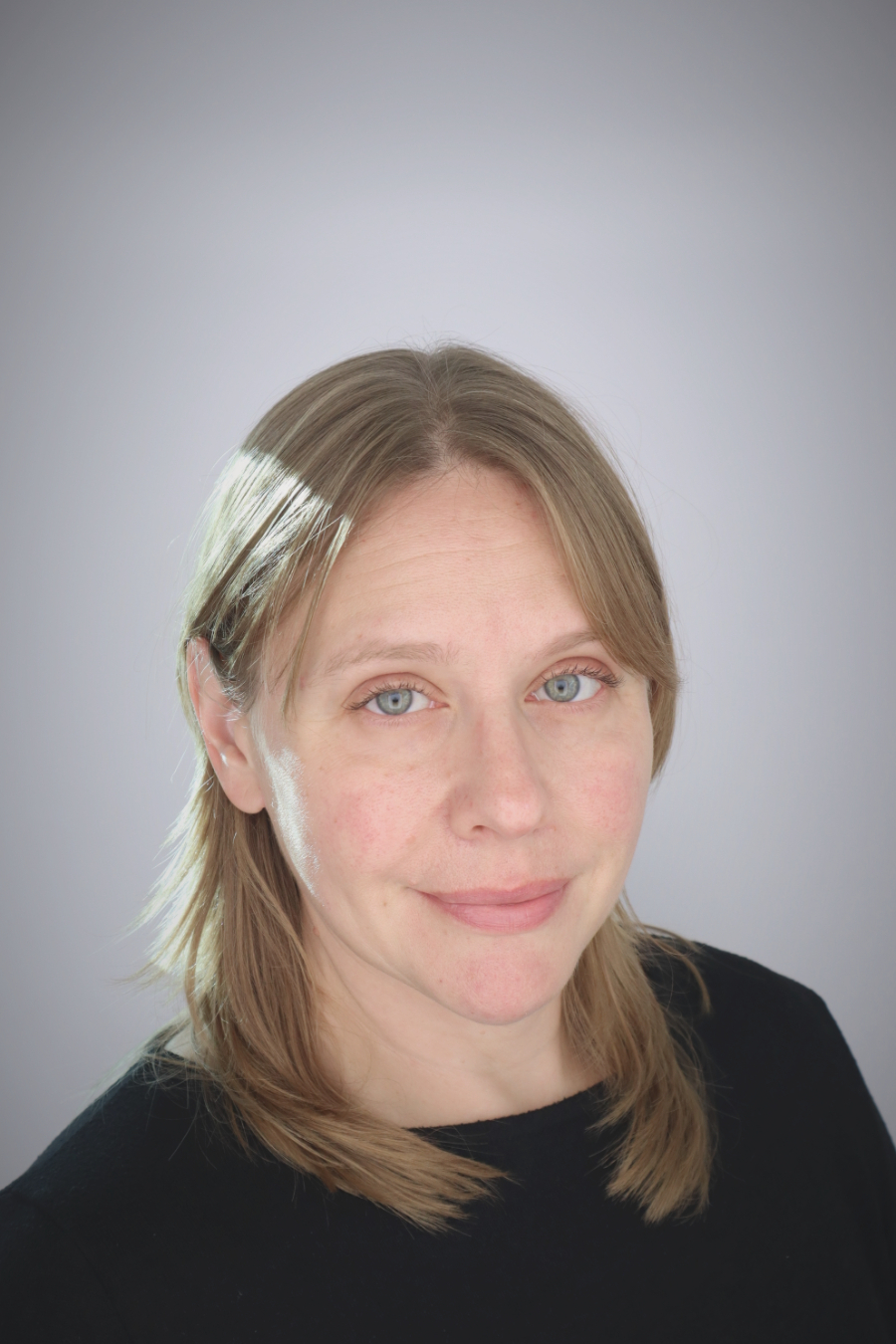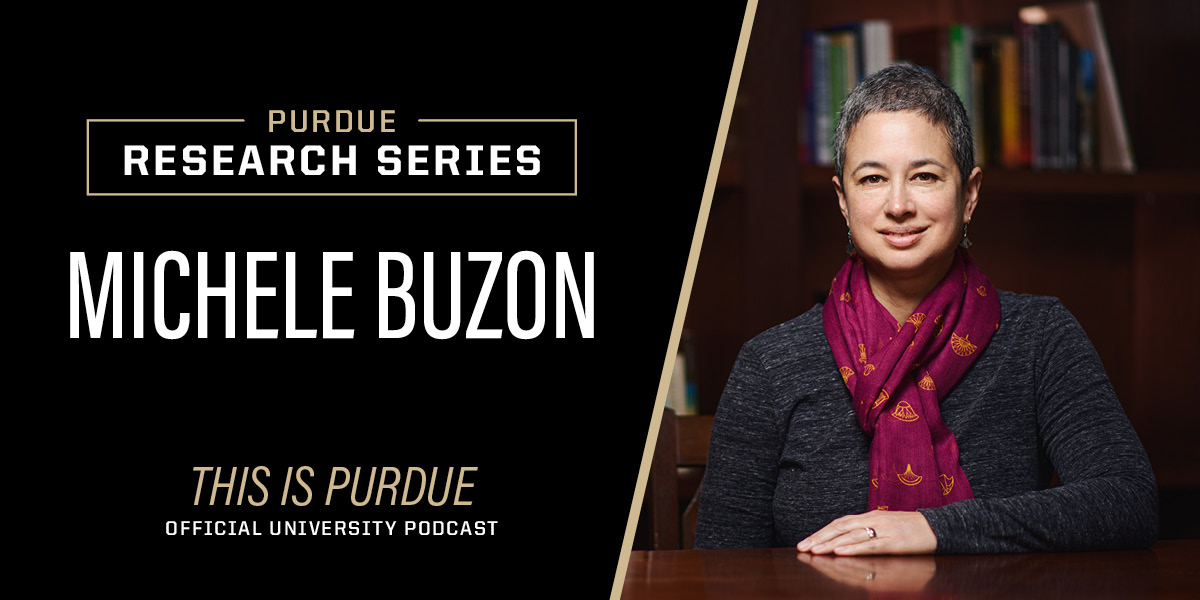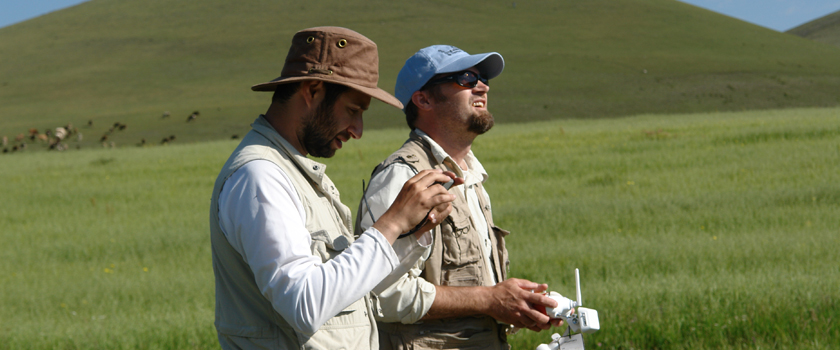Research Spotlight


Conducting long-term research on wild primates is a proven method for improving conservation outcomes. During ten years of study at Niokolo-Koba National Park in Senegal, an international team of researchers, including Stacy Lindshield (Associate Professor of Anthropology), accrued scientific evidence of a thriving population of critically-endangered western chimpanzees. Earlier studies based on a limited sample in Niokolo-Koba placed the total population at 30 individuals. Now, the team estimates that this population is actually 4-5 times larger, thanks to more robust scientific information about chimpanzee ecology in semi-arid savannas. That is to say, the population did not swell in recent years but our scientific understanding of them did. These efforts, and many more by the chimpanzee team and other groups working in the park, has improved Niokolo-Koba’s standing as an UNESCO World Heritage Site. You can read more about this work by clicking the link below.
Purdue College of Liberal Arts Research News, A Decade of Discovery: Scientific Research on West African Chimpanzees Revives a UNESCO World Heritage Site.

Michele Buzon was featured in Podcast Episode 91 of “This Is Purdue,” Purdue Research Series: A Look Into Bioarchaeology and the Ancient Nile River Valley With Michele Buzon. In this episode, Kate Young is talking to Michele Buzon, professor of anthropology in Purdue University’s College of Liberal Arts.
This marks the final episode in their 2023 Purdue Research Series, which shares how Purdue provides practical solutions to the world’s toughest challenges.
As a bioarchaeologist, Michele’s examination of skeletal remains can help us better understand the lives of everyday people who lived thousands of years ago. She and her team conduct research along the banks of the Nile River Valley in Tombos, Sudan, exploring what life was like in ancient Nubia — and why that still matters today.
Although Michele’s work explores the past, collaboration with researchers like Dr. Randall Loder at IU Health is helping her better understand present-day medical conditions like CAM lesions, an injury on the femur that has been found in young athletes. Previously thought to be a modern issue exclusive to athletes, Michele discusses how she and Dr. Loder found evidence of its existence in the ancient communities she studies.
Hear how Michele’s work brings many different people and disciplines together as she and her team look to better understand the past, from relationship-building with the local community in Sudan to analyzing finds.
"This Is Purdue," the official podcast for Purdue University, highlights stories about Boilermakers from across all disciplines, who through research, innovation and determination, have persistently pursued their next giant leap.
Hosted by Purdue University alum, Brian Lamb School of Communication graduate, and Indiana native Kate Young, “This Is Purdue” aims to examine all of the incredible accomplishments of Boilermakers and their contributions to the world.
 -- Ian Lindsay (right) together with Alan Greene (left), from Stanford, are utilizing drone technology to capture details and data from Bronze Age field sites in Armenia.
-- Ian Lindsay (right) together with Alan Greene (left), from Stanford, are utilizing drone technology to capture details and data from Bronze Age field sites in Armenia.
Ian Lindsay
When most people think of archaeology research, piloting drones isn't the first thing that comes to mind. But that's exactly what Ian Lindsay, a Purdue professor in anthropology, does for his work on ancient Armenia.
Photographing archaeological sites used to require kites and hot-air balloons, or expensive satellite images. For $1,500 per drone, Lindsay can capture the exact images and video he needs to plan excavations and provide data for other researchers. “Drones help offer a visual scope of what's already excavated, and what should be done next,” says Lindsay.
For Purdue students, Lindsay's research “gives a sense of actually being there at the site. It helps people understand the type of work we're doing in the field. And it’s more engaging than just looking at a map.”
The potential applications of drones in the field are wide open as well. Some researchers have started attaching sensors to create thermal maps of sites, and Lindsay says, “The sky really is the limit in this case.”